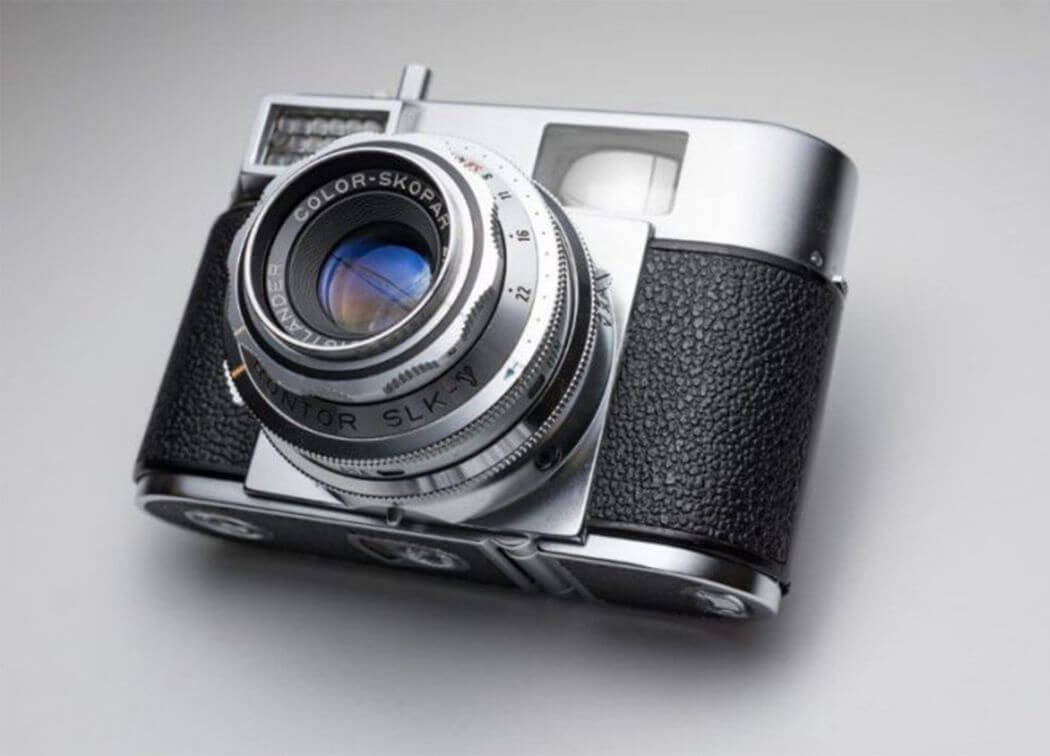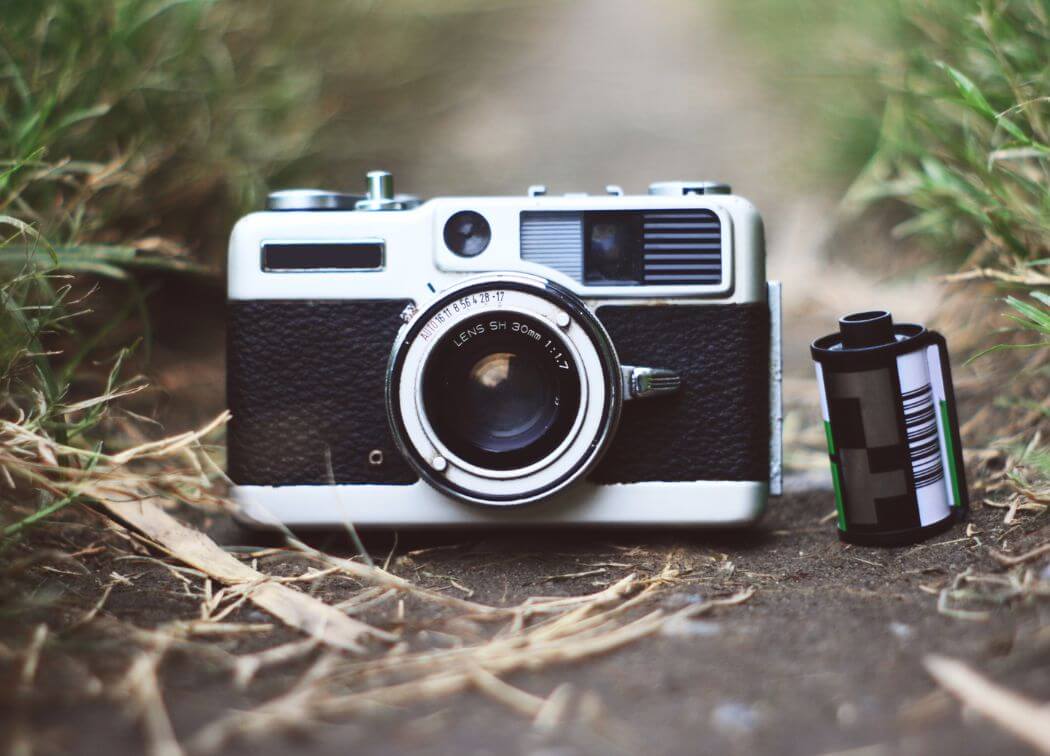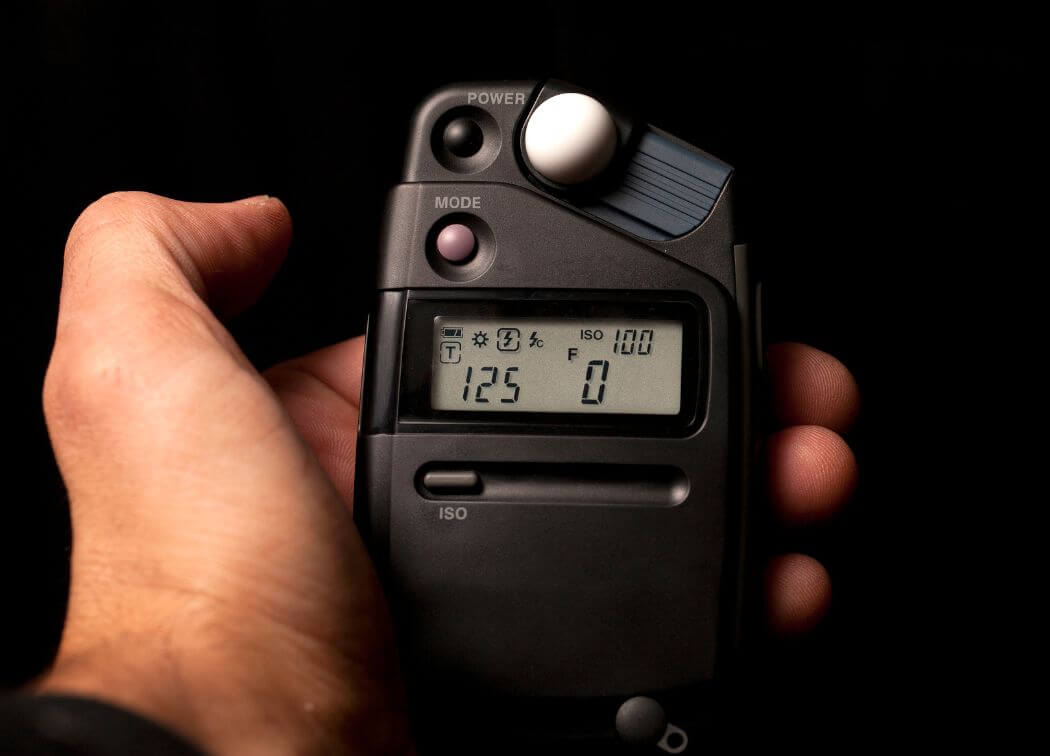You want to do amazing Sunrise photography, right? The kind of images that make people say “wow”. For me morning is the best time for photography.
The morning light is warm and golden, and everything looks fresh and beautiful. In this post, I am going to give you some tips to take advantage of that morning light. Read on as I provide 5 tips for amazing sunrise photography.
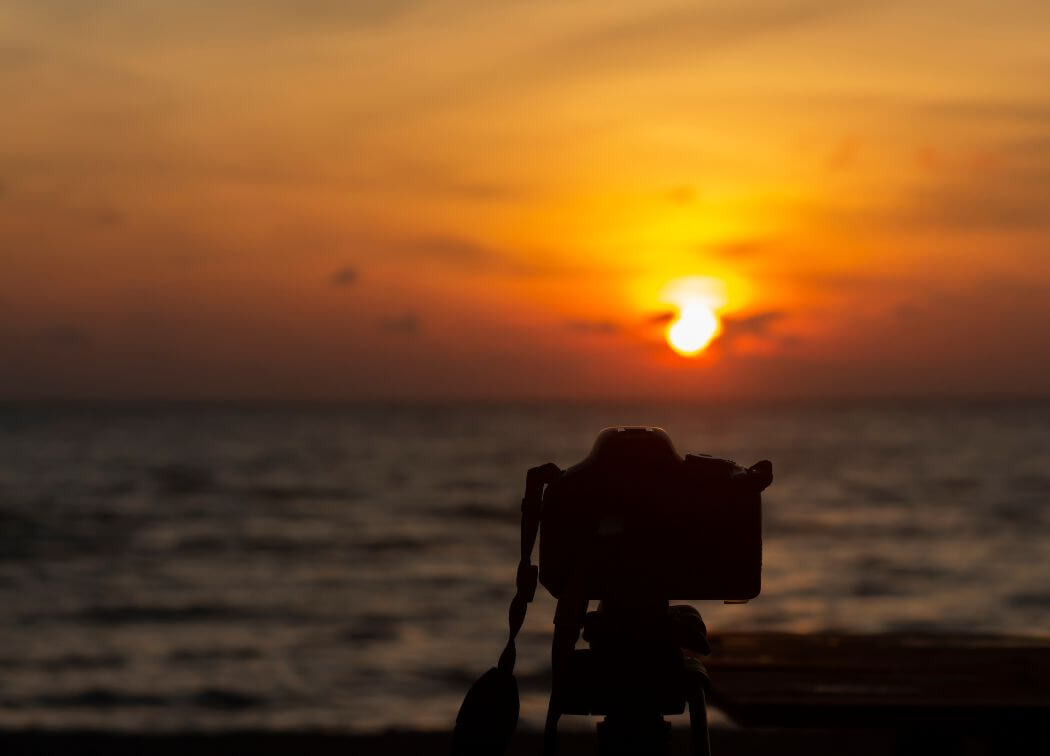
How to Take Better Sunrise Photos
1. Planning and Timing
Getting amazing sunrise photography is all about being in your location when the sun comes up. That’s going to take some planning. You’ll need to know where, when, what and how ahead of time to be able to strike when the moment comes.
If you look at the feature photo above, you’ll see this in action. I had to know where I could be at the right time to get the sun just coming up directly behind the little hill.
2. Your ideal location
Finding your location is about visiting some potential sites ahead of time to see what the scenery looks like. Shooting Sunrise landscape photos, you’ll need to find the complementary features you want to incorporate into the photo.
You might want mountains with the sun coming up over them. Or big rocks with the sun coming up between them. Scouting and mapping out your location ahead of time is key to preparation for doing some amazing sunrise photography. I tend to head straight for Google Maps to do a lot of my initial location scouting.
3. Right place, right time
You’ve found your location. Now you need to make sure you are standing there ready to snap the photo when the sun comes up. That means being on the scene before sunrise, which is why location planning is so important. Now you know where to go and get set up early. Probably mostly in the dark.
4. Distance matters
You might not have a location you want within reasonable driving distance from home. One thing I often do is an over night photo trip. Often, I just camp in the back of my truck. I’ve also been known to set up a tent really quick. And if it’s too hot or cold for camping, just grab a room somewhere.
This way you are in much closer proximity to the desired location. Also, a two-day trip offers additional photo opportunities both going to your overnight destination and coming back.
5. Shooting Scenarios
There are 3 scenarios when shooting sunrise photography. Just before the Sunrise, during the Sunrise and just after the Sunrise. This is typically a 20 to 30-minute window, although the morning light continues to be great for at least an hour after sunrise.
6. Before Sunrise
This period is great for getting rich moody color on the horizon. Typically, objects become silhouettes against the colorful sky. Having a variety of shapes between you and the horizon makes for great visual interest in your photos.
During this phase the colors will start out very deep blue. These slowly turn to purple, red, orange and finally yellow.
7. During Sunrise
This is a short period when the sun first breaks the horizon. If you are prepared this is the best chance to get amazing sunrise photography.
A favorite technique is to have the Sun popping up in between objects, such as the valley between two mountain peaks. Or between two buildings, or the crotch of a tree, etc. Also, over the top of something, such as a mountain peak.
If you position yourself just right, you can make it look like its popping out of almost anything. You need to make sure the top of the target object is level with the horizon as the Sun breaks.
8. Post Sunrise
This is after the sun has completely broken over the horizon. At this point shooting directly at the Sun is probably not going to lead to amazing sunrise photography. What I usually do is use the Sun to create great silhouettes out of other objects.
Trees, large rocks, and buildings with interesting roofline all make great silhouette targets. Also, for the next hour or so after sunrise, the light is wonderful to engage in some pretty terrific Sunrise landscape photography. Just make sure you are shooting at least 90 degrees rotated away from the Sun.
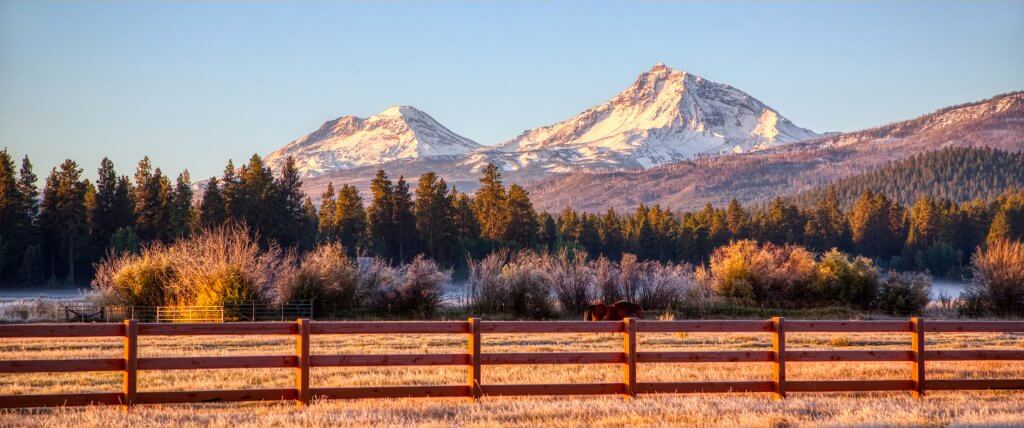
Required Gear for Sunrise Photography
Taking photos in lower light conditions, such as you will experience when doing sunrise landscape photography, will require longer exposures.
Longer exposures will require a tripod to ensure that there is no blurring from camera shake. If you have a tripod you are ahead of the game. If not read the next paragraph on tripod attributes to ensure you obtain one that will meet your needs.
1. Tripod features 101
The most important aspect of a goof tripod is sturdiness. Cheap tripods are flimsy and wiggle around if you touch them. That’s no good, and a waste of money in the long run. If you plan on carrying that any distance, it’s also going to need to be lightweight.
Many tripods come in Aluminum and Carbon Fiber models. Aluminum is fine as long as it meets the sturdiness requirement. If your tripod is rock solid when opened up, you are good to go. If it wiggles or wobbles, this is not good.
2. Don’t touch that camera
For long exposures, touching the camera is no good. You’re going to need a remote shutter release so you can snap photos without touching.
A good example:
- Pixel wireless remote shutter release
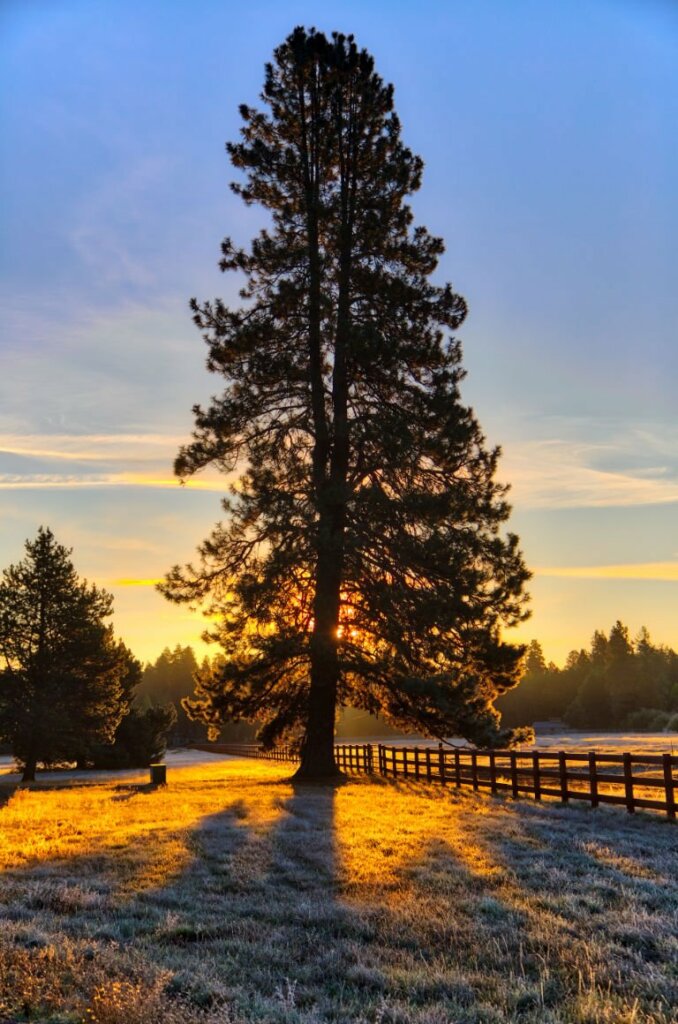
What is the Best Setting for Sunrise Photography?
You may be looking for info on the best camera settings for sunrise landscape photography. Unfortunately, the settings really depend on the situation and the type of shot you are trying to capture.
In this scenario, I would recommend putting the camera into aperture priority mode (Av) so that you can set the aperture to F/16 if your lens will allow it. Otherwise F/11. Keep the ISO low to keep the sensor noise down.
The camera should automatically lengthen the exposure to allow a fully exposed shot.
As mentioned previously this I going to require mounting the camera to reduce the chances for shake and blur.
Having the aperture closed down will create a very deep field of focus. If the scene if fairly open, you can choose to turn autofocus off on the camera and set the focus to infinity using to the manual focus ring.
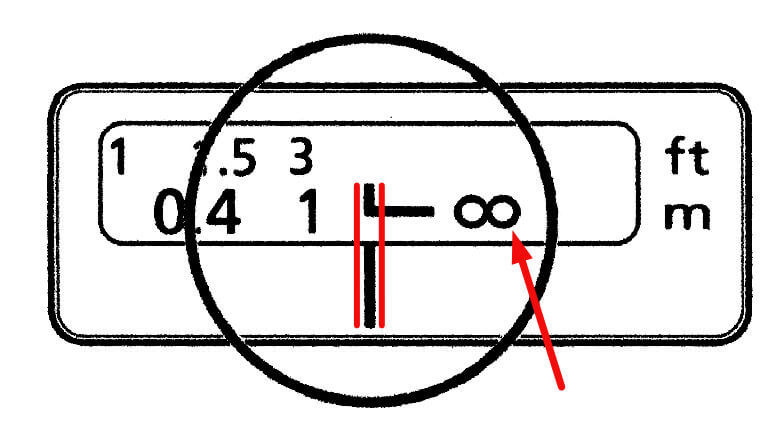
You may also want to take a look at this related post on Composition Using the Three Zones Method for additional focusing and composition tips. I wish I could be more specific regarding the best camera settings for sunrise landscape photography. But I have given you a really solid place from which to start.
Make it Awesome
If you want to really take advantage of all the preparation and get something truly great, for a reflection shot. Make sure the location you pick has a body of water with something in the background to shoot over, such as a valley between two mountain peaks.
Position yourself with the water between you and the sunrise location. Have your gear all set up and ready to go. As soon as the Sun breaks the horizon grab the shot. Move slightly left or right as need to position the Sun directly in the low point between the skyline.
You should have an opportunity to catch the Sunburst in the reflection. Also try for the silhouette shot with the lake in the foreground behind the tree or another interesting object.
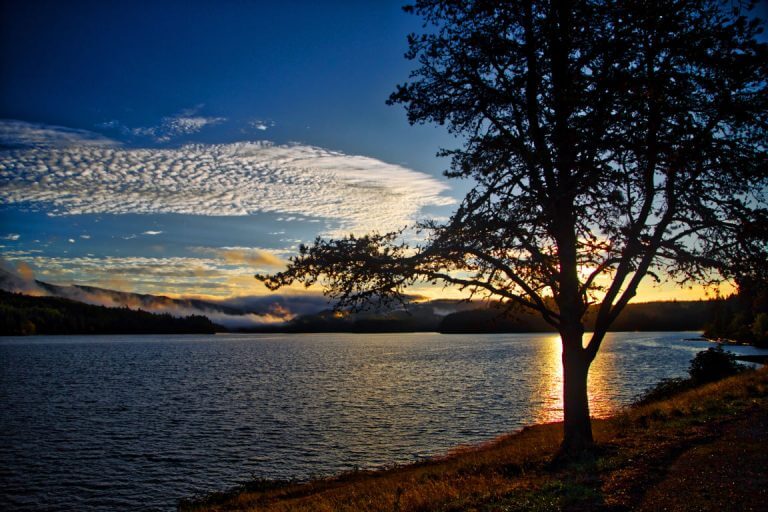
Conclusion
Amazing Sunrise Photography isn’t difficult, but it does take some planning ahead of time, and getting into position prior to Sunrise. Weather does play a bit of a role here are well. Having reasonably clear conditions makes it ideal. Although having a smattering of clouds on the horizon can add some additional visual interest.
With a little effort and a little luck, you can be the proud owner of some amazing Sunrise photography. Hope this info helps. Now let’s get out there and take some great Sunrise landscape photos!




